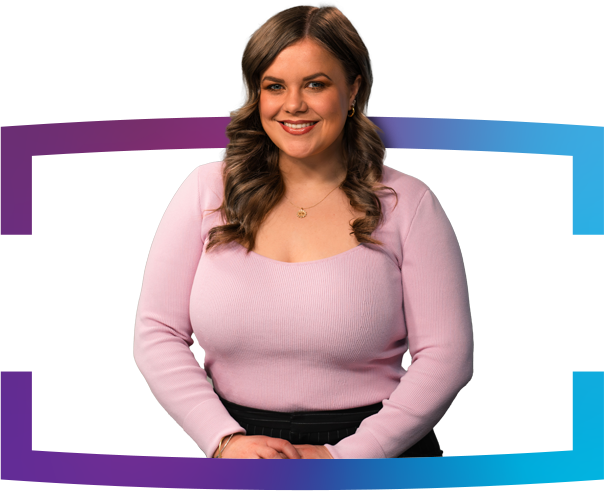Hunted – Ten
Commercial television broadcasters are subject to a comprehensive set of inter-related rules and regulations to ensure that their services meet community standards.
The content of commercial television programs must comply with conditions in the station’s licence, ACMA program standards, and industry codes of practice. These cover what can be broadcast, the classification of programs, how much advertising there is, and how to deal with complaints.
Together, this framework of rules and codes ensures that the services provided by Free TV broadcasters remain Australian, Trusted and Free.
The Commercial Television Industry Code of Practice
Commercial free-to-air television content is regulated under the Commercial Television Industry Code of Practice.
The Code is developed by Free TV Australia in consultation with the public and registered with the Australian Communications and Media Authority (ACMA).
The Code regulates content in accordance with community standards; assists viewers in making informed choices about their own television viewing and that of children in their care, and provides effective measures for receiving and handling viewer feedback and complaints.

Grant Denyer – Network 10
The Code contains provisions dealing with:
- program classifications;
- accuracy, fairness and respect for privacy in news and current affairs;
- advertising time on television;
- placement of commercials and program promotions;
- gambling advertisements; and
- complaints handling.
Before registering the Code, ACMA must be satisfied that it provides appropriate community safeguards for the matters it covers; is endorsed by a majority of commercial television stations; and members of the public were given adequate opportunity to comment.
The Code was most recently updated in 2018, following community consultation on the regulation of gambling advertising in live sport during children’s viewing hours. Before this a major review of the Code was undertaken in 2015.
In addition to the Commercial Television Industry Code of Practice, Free TV maintains Advisory Notes to help broadcasters understand and respond to a range of matters including privacy, portrayal of gender and cultural diversity, and emergency information.
Australian Content
The Australian Communications and Media Authority (ACMA) develops program standards that address the minimum levels of Australian content, children’s programming, local and regional news and Australian content in advertising to be shown by commercial television broadcasters.
The object of these standards is to promote the role of commercial television services in developing and reflecting a sense of Australian identity, character and cultural diversity by supporting the community’s continued access to television programs produced under Australian creative control.

Madeline Kerr – TEN News Updates, SCA
The standard requires all commercial free-to-air television licensees to broadcast an annual minimum transmission quota of 55 per cent Australian programming between 6 am and midnight. Commercial broadcasters are also required to provide at least 1460 hours of Australian programming on their non-primary channels each year. In addition, there are specific minimum annual sub-quotas for first-run Australian adult drama, documentary and children’s programs.
Regional commercial television licensees are also required to broadcast specified amounts of material of local significance in some licence areas.
In addition there are special rules aimed at ensuring that major sports of national significance can be shown live and free on commercial television (the anti-siphoning rules) and requirements to provide other services such as closed captioning for hearing impaired viewers.



